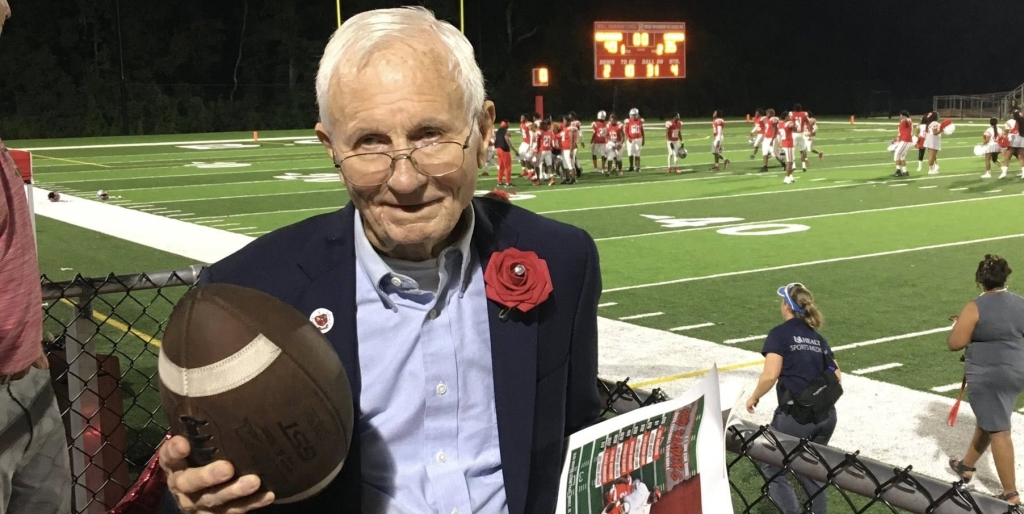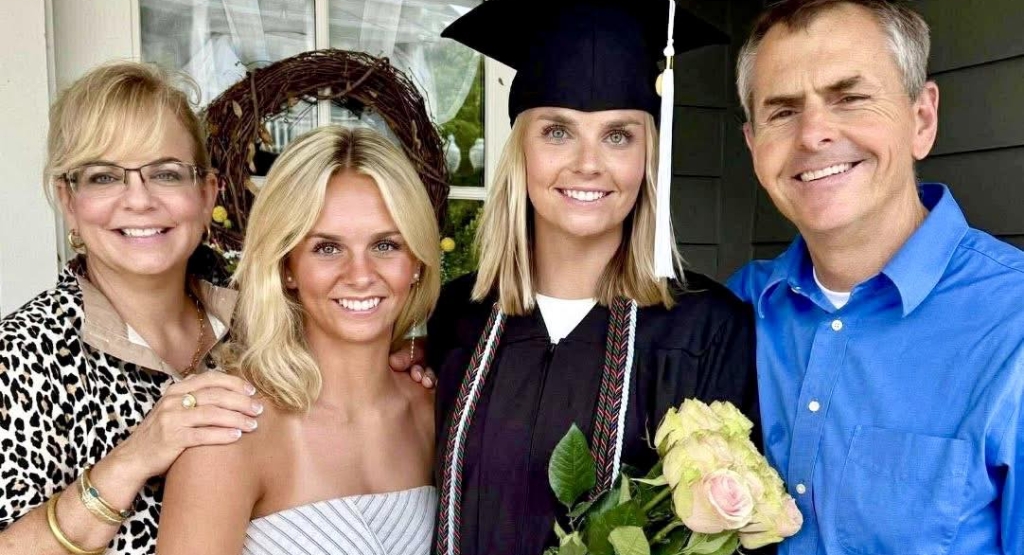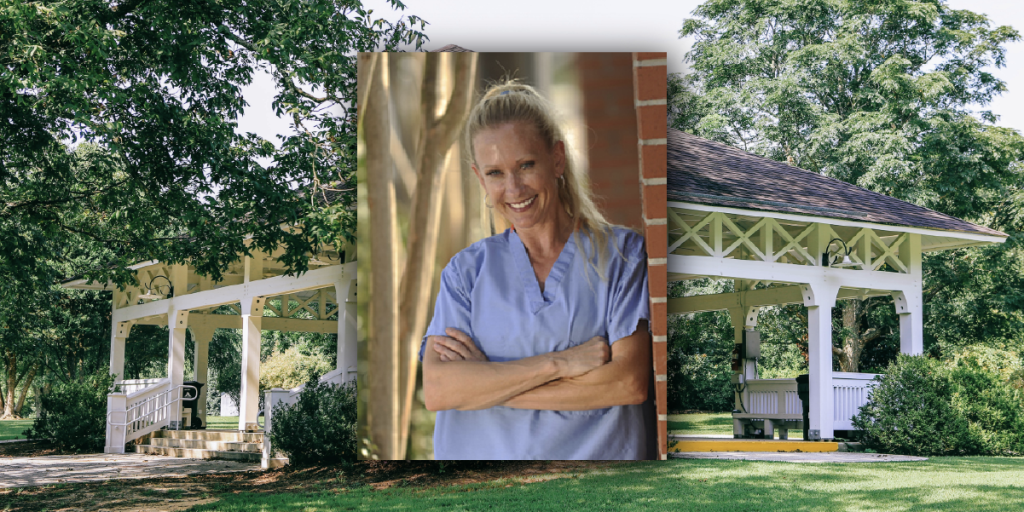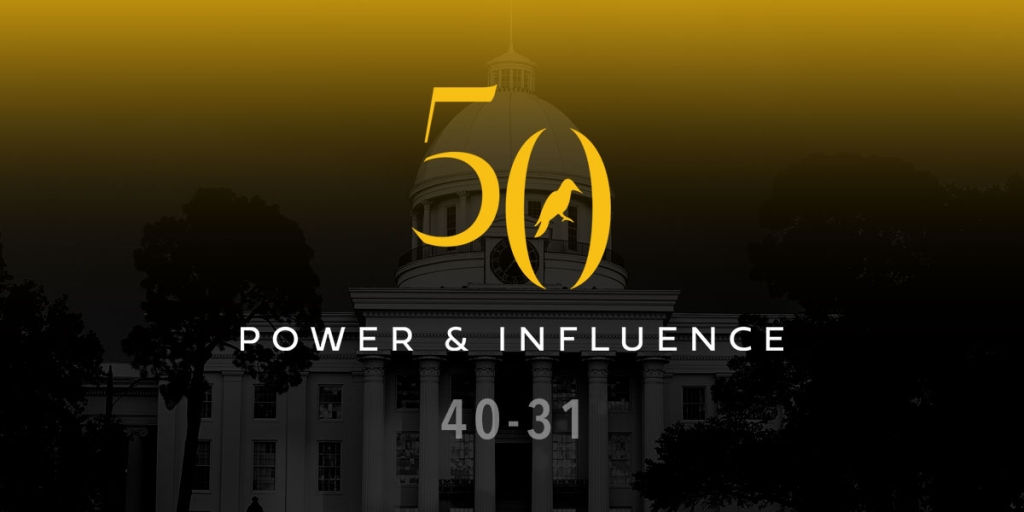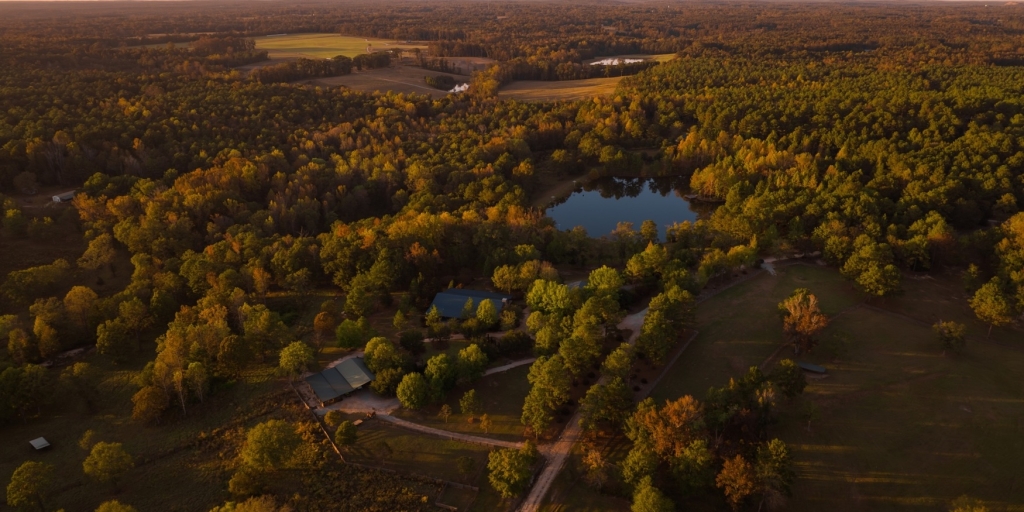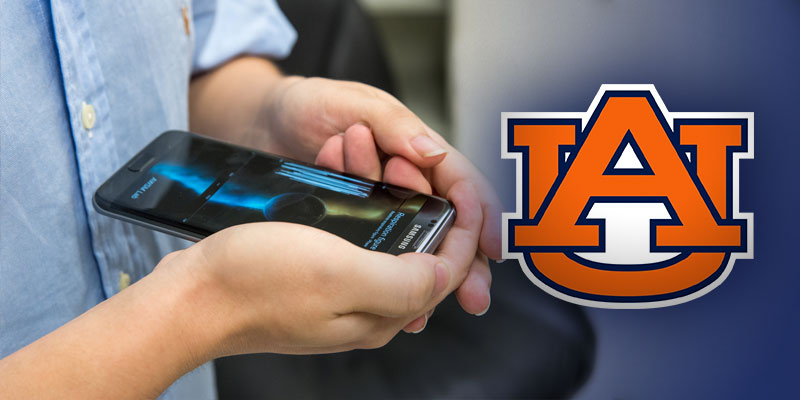
Two graduate students and their faculty advisor from Auburn University have been recognized for their demonstration of the “SonarBeat” vital sign monitoring system. Xuyu Wang, Runze Huang, and Shiwen Mao, from the Department of Electrical and Computer Engineering, developed the groundbreaking technology, which uses wireless signals to monitor respiration and heart rates. They were awarded the Best Demo award at an international conference hosted by the Institute of Electrical and Electronics Engineers.
“We have been working on this system for over a year,” said Shiwen Mao, engineering professor and director of the Wireless Engineering Research and Education Center. “We use a Wi-Fi signal and acoustic signal to detect respiration and heart rates of a patient. Rather than using sensors that attach to the chest or clip to your fingertips, the technology is contact-free, low-cost, easy to deploy, and suitable for long-term monitoring of a patient’s conditions.”
“The signal hits on the chest of the patient—there is a chest movement induced by breathing and the movements of the heart—and the wireless signal changes,” he said. “Those chest movements change the feature characteristics of the signal, and we have a wireless receiver which picks up the reflected signal to detect the small variations induced by the movements. We are then able to make accurate estimates of respiration and heart rates.”
According to the university, the app has been tested in a living room, office space, and crowded theater. The next step is to pursue partnerships with researchers in medical schools to test the full medical potential of the technology.
Mao said the technology could be used in the home to assist those who are living alone. The monitored data can be used to detect anomalies and send an alert to the doctor or patient. The app could also be used to warn a drowsy driver if they are about to fall asleep. Perhaps one of the most impressive aspects of this new technology is its ability to penetrate obstacles. Theoretically, the technology could be used in disaster situations to detect survivors trapped under rubble.





